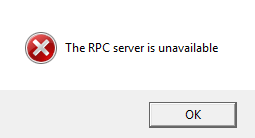
The RPC server is unavailable error means your Windows computer is having a problem with communication with other devices or machines through the network you use.
If you get this error, don’t worry. Most Windows users are able to resolve it with one of the following solutions. You may not have to try all of these solutions; just work from the top down until you find the one that works for you:
- Ensure your RPC services are running properly
- Check the firewall on your computer
- Check your network connection
- Check your Registry
- Switch to ChromeOS
Note: The screens shown below are from Windows 10, but all the fixes also apply to Windows 7.
Method 1: Ensure your RPC services are running properly
“The RPC server is unavailable” problem can be caused by improper functioning of RPC service on every computers connected. You may follow the steps below to ensure that all the services related to RPC run normally.
1) Press the Windows logo key and R on your keyboard to open the Run dialog. Then type “services.msc” and press Enter.
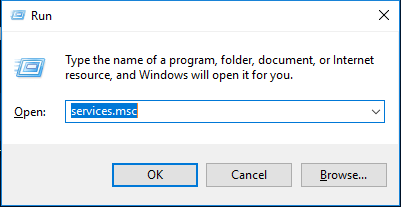
2) On the Services window, scroll down to find the items DCOM Server Process Launcher, Remote Procedure Call (RPC) and RPC Endpoint Mapper. Ensure their status is Running and their startup is set to Automatic.


3) If not, you should go to method 4 to change the related settings in Registry.
Method 2: Check the firewall on your computer
Firewalls can block traffic requested by RPC and therefore cause RPC server unavailable problem. You should check your firewall configuration and see if it blocks the network connections for RPC. If you are using a third-party firewall, read its instruction or do some research about it to unblock the RPC network connections.
If you are using Windows Firewall, here are the steps of its configuration:
1) Press the Windows logo key and R on your keyboard to open the Run dialog. Then type “control“ and press Enter.
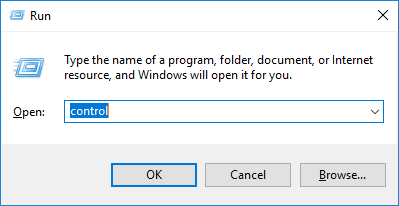
2) On Control Panel, search windows firewall. And then click Allow an app through Windows Firewall below Windows Firewall.

3) Scroll down to find Remote Assistance. Ensure its communication is enabled (All the boxes of this item are ticked).

Method 3: Check your network connection
“The RPC server is unavailable” problem sometimes occurs because your network connection is not set properly. To check your network connection:
1) Press the Windows logo key and R on your keyboard to open the Run dialog. Then type “ncpa.cpl” and press Enter.
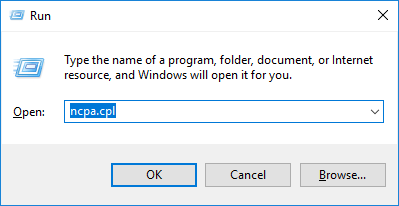
2) Right click the network connection you are using, and then select Properties.

3) Make sure File and Printer Sharing for Microsoft Networks and Internet Protocol Version 6 (TCP/IPv6) are enabled (The boxes next to these items are ticked).
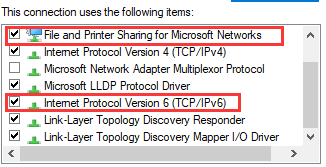
You can also reset file and printer sharing by reinstalling your network adapter driver. If you’re not comfortable playing with device drivers, we recommend using Driver Easy. It’s a tool that detects, downloads and (if you go Pro) installs any driver updates your computer needs.
To uninstall your drivers with Driver Easy, just go to Tools > Driver Uninstall. Then select your network adapter and click Uninstall. (This requires the Pro version — you’ll be prompted to upgrade when you click Uninstall.)
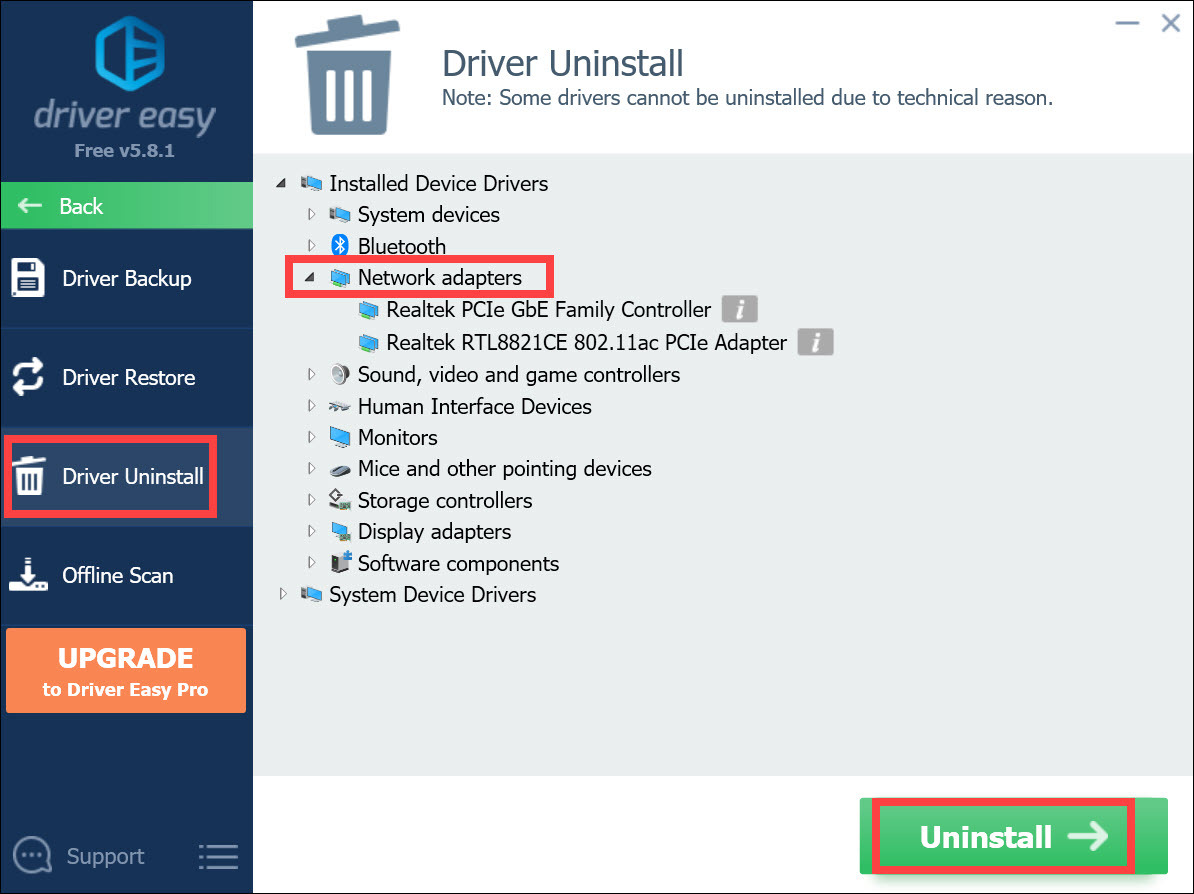
When you’ve uninstalled your network adapter driver, you can use Driver Easy to reinstall it. If you’re unable to access the Internet, you can use the Offline Scan feature to install your network driver. It scans and detects your network devices, and you can use the results to download your network drivers on another computer with Internet access.
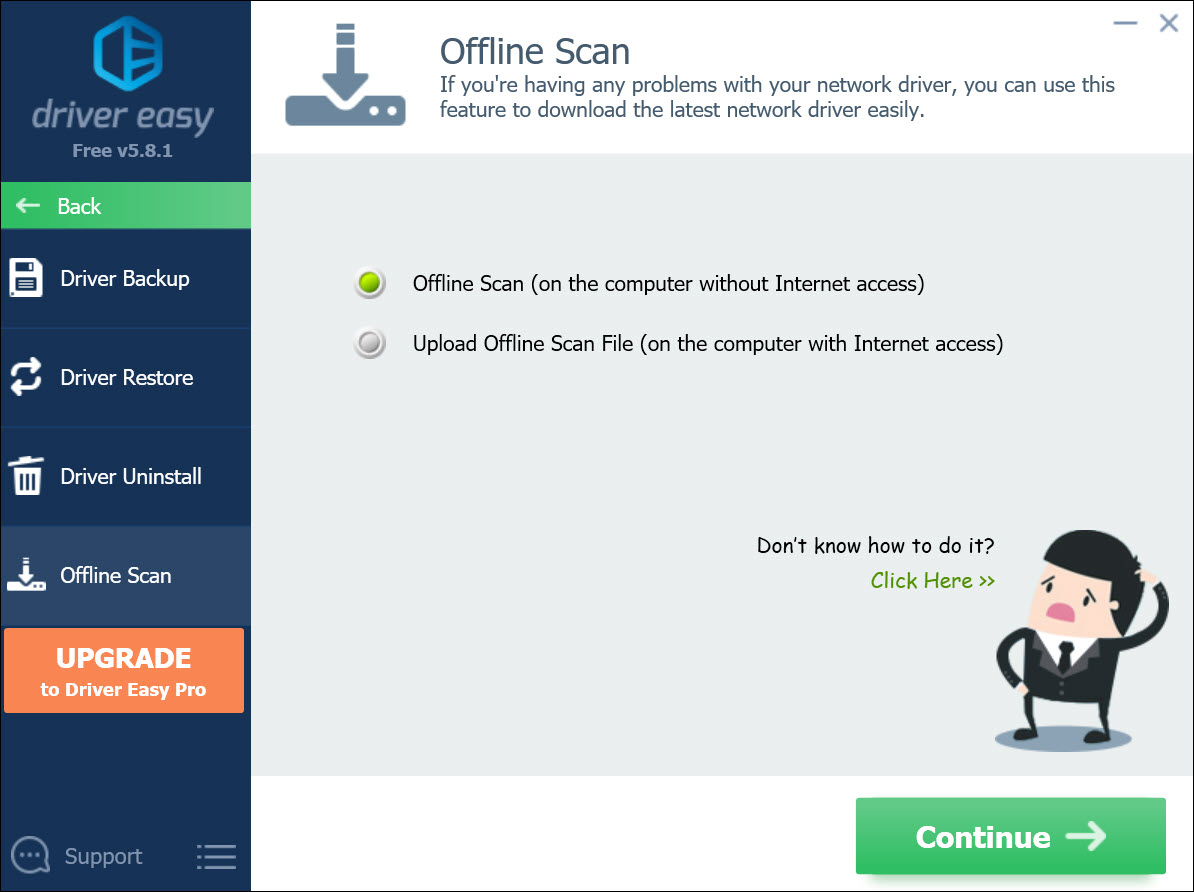
Method 4: Check your Registry
You should check your Registry settings to make sure RPC is running properly on your computer. To check Registry:
(*WARNING: Registry editing can bring about unexpected problems to your computers. It is strongly recommended that you create a system restore point and back up your registry before you proceed.)
a) Log in your operating system as Administrator (Registry Editing requires Administrator Privileges).
b) Press the Windows logo key and R on your keyboard to open the Run dialog. Then type “regedit“ and press Enter.
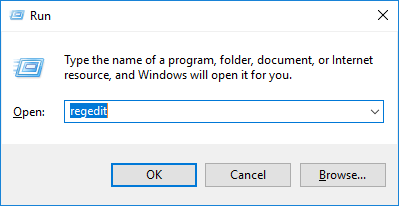
c) When your Registry Editor is opened, navigate to HKEY_LOCAL_MACHINE\SYSTEM\CurrentControlSet\services\RpcSs. See if there is any item that does not exist as the image below shows. If there is, it is suggested that you reinstall your Windows.

d) If you found Remote Procedure Call (RPC) was not correctly set when you tried method 1, you can edit Start registry key in RpcSs path. Double click on Start to edit its value. Set its value data to 2.
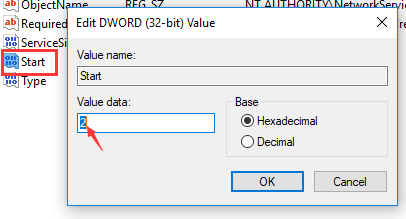
e) Navigate to HKEY_LOCAL_MACHINE\SYSTEM\CurrentControlSet\services\DcomLaunch. See if there is any item missing. If you found DCOM Server Process Launcher was not correctly set, double click on Start registry key to edit its value. Set its value data to 2.
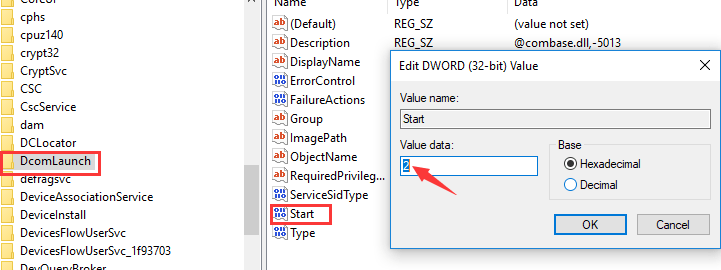
f) Navigate to HKEY_LOCAL_MACHINE\SYSTEM\CurrentControlSet\services\RpcEptMapper. See if there is any item missing. If you previously found the setting of RPC Endpoint Mapper was not correct, double click on Start registry key to edit its value. Again, set its value data to 2.

Sometimes it is possible that you have tried all of the methods above, and you still get the “RPC server is unavailable” error. In this case, we suggest that you should restore your system to a recent restore point or reinstall Windows in your computer. You may also contact your device manufacturers for further assistance.
Method 5: Switch to ChromeOS
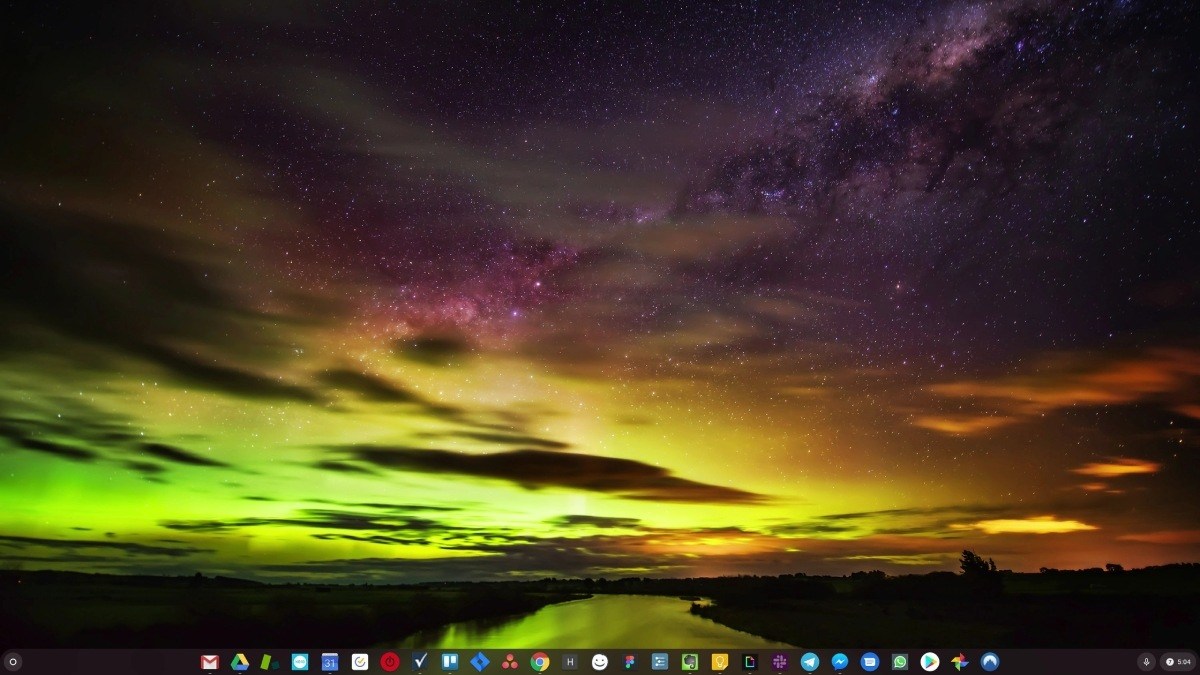
Windows is a very old technology. Sure, Windows 10 is relatively new, but it’s still just the latest iteration of a decades-old operating system, designed for a bygone era (pre-internet).
Now that we have the internet, fast connection speeds, free cloud storage, and endless web apps (like Gmail, Google Docs, Slack, Facebook, Dropbox and Spotify), the entire Windows way of doing things – with locally installed programs and local file storage – is totally outdated.
Why is that a problem? Because when you’re constantly installing uncontrolled third-party programs, you’re constantly opening the door to viruses and other malware. (And Windows’ insecure permission system compounds this problem.)
Plus the way Windows manages installed software and hardware has always been a problem. If your computer shuts down unexpectedly, or a program installs, uninstalls or updates incorrectly, you can get ‘registry’ corruptions. That’s why Windows PCs always slow down and become unstable over time.
Also because everything’s installed and saved locally, it doesn’t take long before you run out of disk space, and your disk gets fragmented, which makes everything even slower and more unstable.
For most people, the simplest way to solve Windows problems is to ditch Windows altogether, and switch to a faster, more reliable, more secure, easier to use and cheaper operating system…
ChromeOS feels much like Windows, but instead of installing heaps of programs to email, chat, browse the internet, write documents, do school presentations, create spreadsheets, and whatever else you normally do on a computer, you use web apps. You don’t need to install anything at all.
That means you don’t have virus and malware problems, and your computer doesn’t slow down over time, or become unstable.
And that’s just the start of the benefits…
To learn more about the benefits of ChromeOS, and to see comparison videos and demos, visit GoChromeOS.com.





